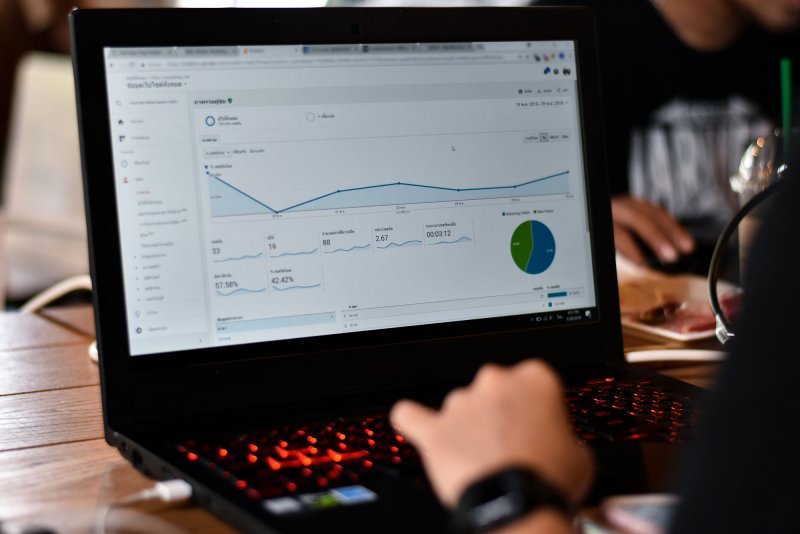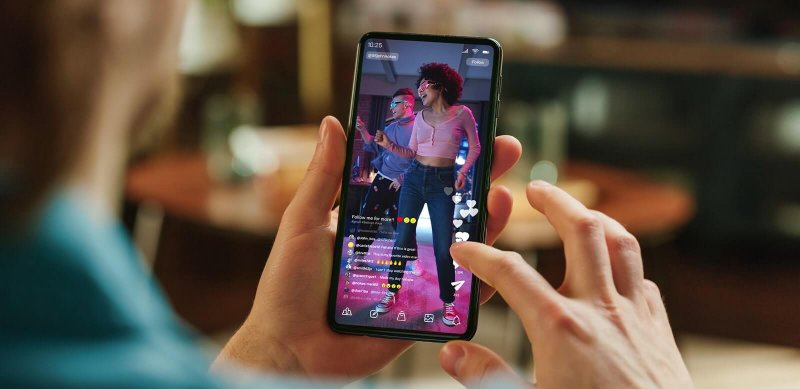
In the vast, ever-evolving digital landscape, getting your website seen by the right audience can feel like an insurmountable challenge. While off-page factors like backlinks play a crucial role, the truth is, the strongest foundation for search engine visibility lies squarely within your control: Onsite SEO.
Often overlooked in favor of more complex strategies, onsite SEO refers to the practice of optimizing individual web pages to rank higher and earn more relevant traffic in search engines.
Think of your website as a house. Off-page SEO is like the neighborhood and the reputation it builds (other houses linking to yours). Onsite SEO, however, is the very foundation, the structural integrity, and the thoughtful interior design that makes your house livable, appealing, and discoverable. Without a solid onsite strategy, even the best off-page efforts can fall flat.
Mastering onsite SEO isn't just about ticking boxes; it's about creating a superior user experience while simultaneously guiding search engines to understand and value your content. It’s an art and a science, constantly adapting to algorithm updates, but built upon a set of timeless principles. Here are the golden rules that every website owner, marketer, and content creator must embrace to unlock their full organic potential.
1. Keyword Research: The Cornerstone of Relevance
Before you type a single word, you must understand the language of your audience. Keyword research is the foundational step, identifying the terms and phrases people use when searching for information, products, or services related to your business.
Why it's golden: It ensures your content aligns with user intent. Targeting the right keywords means you’re not just appearing in search results, but you’re appearing for the right searches—those that lead to conversions, engagement, or solutions.
How to apply it: Utilise tools like Google Keyword Planner, SEMrush, Ahrefs, or Ubersuggest to discover high-volume, relevant keywords with manageable competition. Look beyond just short-tail (e.g., "SEO") to long-tail keywords (e.g., "best onsite SEO practices for small businesses") which often indicate stronger user intent and higher conversion rates. Understand the different types of intent: informational, navigational, transactional, and commercial investigation, and tailor your content accordingly.
2. High-Quality, User-Centric Content: The Undisputed Monarch
Content is, and always will be, king (or queen!). But not just any content. In today's competitive environment, your content must be exceptional. It must be comprehensive, accurate, unique, engaging, and genuinely helpful to your target audience.
Why it's golden: Search engines prioritize content that best answers a user's query and provides value. High-quality content not only ranks better but also encourages longer dwell times, lower bounce rates, and social sharing—all positive signals to search engines. Moreover, Google's E-E-A-T (Experience, Expertise, Authoritativeness, Trustworthiness) guidelines emphasize the importance of credible and expert-driven content.
How to apply it: Focus on depth over breadth. Instead of superficial articles, create authoritative pieces that cover a topic exhaustively. Break down complex information into digestible sections using clear language. Incorporate multimedia elements like images, videos, and infographics to enhance engagement. Regularly update and refresh your existing content to ensure its continued relevance and accuracy.
3. Optimized Title Tags: Your Digital Billboard on the SERP
The title tag (<title>) is arguably the most critical onsite SEO element. It's the clickable headline that appears in search engine results pages (SERPs) and in the browser tab.
Why it's golden: It's the primary signal to search engines about your page's topic, and it's the first impression users get. A compelling title tag can significantly impact your click-through rate (CTR).
How to apply it: Keep it concise (typically 50-60 characters or about 512 pixels), include your primary keyword naturally, and place it near the beginning. Make it descriptive and enticing, accurately reflecting the page's content, and consider adding your brand name at the end for recognition. Avoid keyword stuffing; focus on clarity and user appeal.
4. Compelling Meta Descriptions: The Click-Through Catalyst
While not a direct ranking factor, the meta description is the short summary that appears below your title tag in the SERPs.
Why it's golden: It acts as your page's mini-advertisement, persuading users to click on your link over competitors'. A well-written meta description can dramatically increase your CTR, sending strong engagement signals to search engines.
How to apply it: Craft a unique, descriptive, and compelling summary of your page's content, typically between 150-160 characters. Include your primary keyword (it will often be bolded in the SERP if it matches the user's query) and a clear call-to-action (e.g., "Learn More," "Get Your Free Guide," "Shop Now").
5. Strategic Header Tags (H1-H6): Structuring for Clarity and SEO
Header tags (<h1>, <h2>, <h3>, etc.) are used to organize content on a page, creating a clear hierarchy. The <h1> tag should be used for the page's main topic, analogous to a book's title, while <h2> tags denote major sections, and <h3> tags denote sub-sections within those.
Why it's golden: They improve readability for users by breaking up text and signaling important sections. For search engines, they provide a structured outline of your content, helping them understand the main topics and sub-topics of your page and the relative importance of each section.
How to apply it: Use only one <h1> tag per page, ideally mirroring your title tag or a close variant. Incorporate relevant keywords naturally into your H2 and H3 tags where appropriate, but always prioritize readability and logical flow. Use headers consistently to guide both users and crawlers through your content.
6. Image Optimization: Visuals That Rank
Images enhance user experience, but if not optimized, they can slow down your site and be invisible to search engines.
Why it's golden: Optimized images improve page load speed (a key ranking factor and UX element), make your content more accessible to visually impaired users (via alt text), and allow your images to appear in image search results, driving additional traffic.
How to apply it:
- Descriptive File Names: Use descriptive, keyword-rich file names (e.g.,
golden-rules-onsite-seo.jpginstead ofIMG001.jpg). - Alt Text: Provide descriptive alt text for every image. This text is read aloud by screen readers and displayed if the image fails to load. Include relevant keywords naturally.
- Compression: Compress images to reduce file size without sacrificing quality. Tools like TinyPNG or image optimization plugins (for CMS platforms) can help.
- Responsive Images: Ensure images scale correctly on different devices.
7. Clean, Descriptive URLs: User and Search Engine Friendly Paths
Your URL structure is like the street address for your content. A good URL is readable, concise, and descriptive.
Why it's golden: Clear URLs help users understand what to expect from a page before clicking and provide search engines with additional context about the page's content. They also make it easier for others to share your links.
How to apply it:
- Keep them short and simple.
- Include keywords: Incorporate your primary keyword naturally.
- Use hyphens: Separate words with hyphens (e.g.,
golden-rules-onsite-seo) instead of underscores or spaces. - Avoid unnecessary parameters: Steer clear of long strings of numbers or incomprehensible characters.
- Use lowercase: Consistent use of lowercase helps avoid duplicate content issues.
8. Internal Linking: Building a Web of Authority and Discovery
Internal links are hyperlinks that point from one page on your website to another page on the same website.
Why it's golden: They help search engines discover and crawl new pages, distribute "link equity" (PageRank) throughout your site, and indicate the relative importance of different pages. They also significantly improve user experience by guiding visitors to related content, keeping them on your site longer.
How to apply it: Link to relevant, high-value pages naturally within your content using descriptive anchor text (the clickable text of the link). Don't overdo it, but think about how you can logically connect related topics. Create clear navigation menus and breadcrumbs to further enhance internal linking.
9. User Experience (UX) and Page Speed: The Unsung Heroes
While not strictly about content or tags, an excellent user experience and fast page load times are increasingly critical onsite SEO factors.
Why it's golden: Google explicitly states that page experience (including Core Web Vitals) is a ranking signal. A fast, intuitive, and mobile-friendly website keeps users happy, reduces bounce rates, and encourages longer sessions—all positive signals that inform search engines of your site's quality.
How to apply it:
- Mobile-Friendliness: Ensure your site is fully responsive and provides a seamless experience across all devices.
- Page Speed: Optimize images, leverage browser caching, minify CSS/JavaScript, and consider a Content Delivery Network (CDN) to ensure your pages load rapidly. Use Google's PageSpeed Insights to identify issues.
- Intuitive Navigation: Design a clear, logical site structure that makes it easy for users to find what they're looking for.
- Readability: Use legible fonts, appropriate line spacing, and sufficient contrast.
10. Schema Markup (Structured Data): Speaking Search Engine Language
Schema markup is a form of microdata that you add to your HTML to help search engines understand the context of the information on your pages.
Why it's golden: While not a direct ranking factor, schema markup can enable "rich snippets" in the SERPs (e.g., star ratings for reviews, recipe details, event schedules). These visually appealing additions can significantly increase your CTR by making your listing stand out.
How to apply it: Use Schema.org vocabulary to mark up various types of content, such as articles, products, reviews, FAQs, local businesses, and more. Google's Structured Data Markup Helper or plugins (like Yoast SEO for WordPress) can help you implement this without extensive coding knowledge.
The Synergy of Onsite SEO: More Than the Sum of Its Parts
Each of these golden rules is powerful on its own, but their true strength emerges when they are applied in concert. A well-researched, high-quality piece of content, presented with clear headers, optimized images, a descriptive URL, and excellent internal linking, will naturally outperform a page that only ticks a few boxes.
Ultimately, onsite SEO is about creating the best possible experience for your users while simultaneously providing clear, unambiguous signals to search engines about what your pages are about and why they are valuable. It’s an ongoing process, requiring continuous monitoring, analysis, and adaptation. By embracing these golden rules, you're not just playing by Google's rules; you're building a sustainable, resilient presence online that will continue to attract and serve your audience for years to come.







0 Comments
Post Comment
You will need to Login or Register to comment on this post!